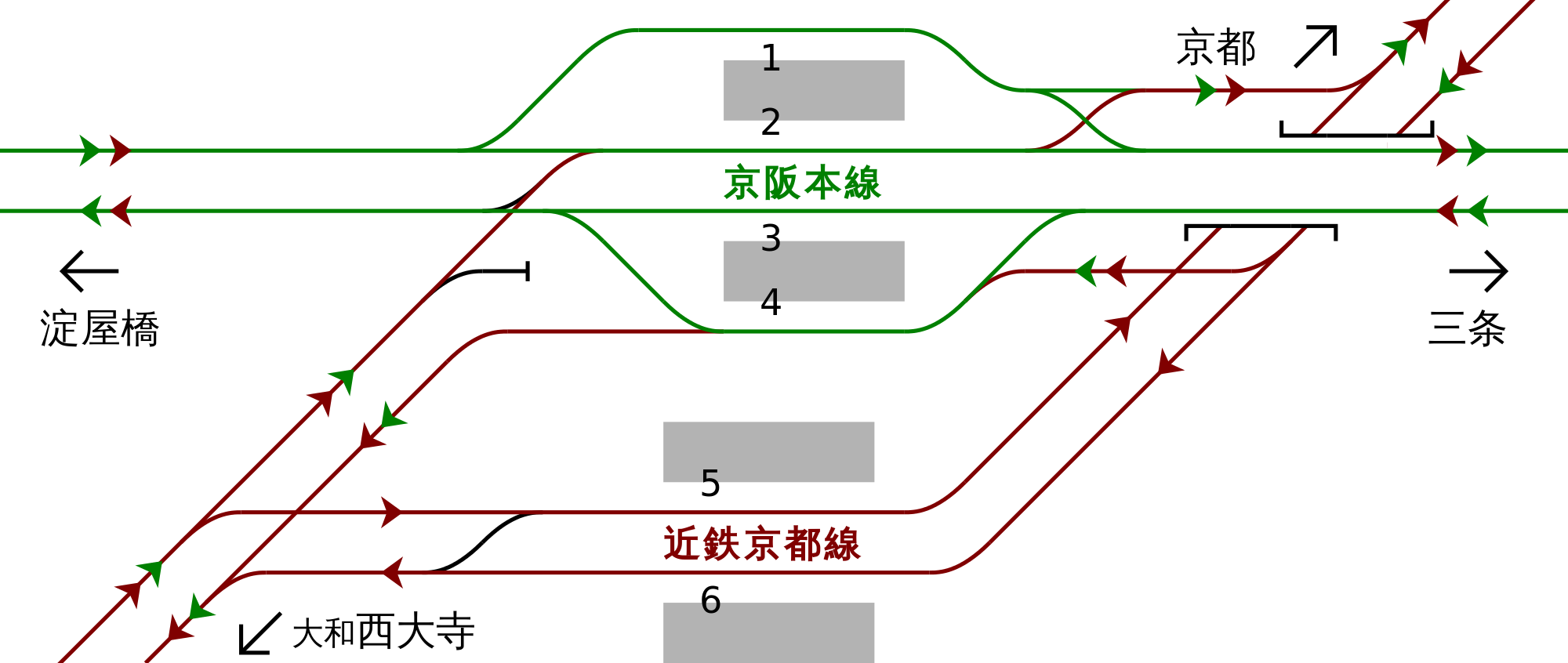Shared Laughter Strengthens Connections
페이지 정보

본문

Laughter is one of the most universal human expressions. It might burst in a calm coffee shop when a barista slips a latte into a stranger’s cup, or it could echo across a packed stadium when a team nets a last‑minute victory.. While it brings spontaneous joy, shared laughter surprisingly plays a powerful role in creating deep, lasting bonds between people.. When we laugh together, it’s more than simply exchanging amusement; we participate in a delicate dance of trust, empathy, and reciprocity that bolsters the bonds of friendship, 大阪 街コン family, and community.
How Laughter Works Inside the Body
Before exploring the social mechanics, it’s useful to grasp what occurs in the body during laughter. Laughter triggers a cascade of physiological responses: heart rate increases, endorphins surge, and the brain releases oxytocin, the hormone often dubbed the "bonding hormone.". These chemicals produce a feeling of euphoria and reduce stress hormones such as cortisol. When we laugh together, the biochemical effects intensify because the brain sees the shared laughter as a cue that the other person is safe, supportive, and trustworthy.
Research in psychophysiology shows that people who laugh together exhibit synchronized heart rates and breathing patterns—a phenomenon known as "physiological mirroring.". This synchronization is more than coincidence; it denotes a deep attunement where each individual’s body reacts to the other’s cues instantly. This attunement forms a foundation of empathy, enabling people to align with each other’s emotional states.
Laughter as a Social Glue
Human beings are naturally social, yet the mechanisms that sustain our social networks are complex. Shared laughter functions as a low-stakes, high-reward interaction that bolsters social cohesion in multiple ways:.
Non‑Verbal Communication
Laughter serves as an unequivocally positive nonverbal cue. It signals friendliness and openness, reducing perceived threat. When two strangers laugh together, the wall of unfamiliarity melts away almost immediately, fostering a sense of camaraderie.
Commonality and Shared Meaning
Humor often relies on shared references—inside jokes, cultural touchstones, or situational quirks. When two people laugh at the same joke, they confirm that they hold a common worldview. This shared meaning acts as a glue, reinforcing the idea that they belong to the same social group.
Conflict Reduction
Even in tense situations, a well‑timed laugh can defuse anger or frustration. By altering the emotional tone, laughter paves a way for dialogue that might otherwise be obstructed by hostility. Shared laughter, in this way, functions as a repair mechanism, patching possible fractures in relationships.
Altruistic Reciprocity
The act of laughing at someone else’s joke can be seen as an act of generosity—giving the other person attention and approval. This reciprocation fosters a sense of mutual care, encouraging individuals to invest more deeply in one another’s well‑being.
Social Proof and Inclusion
When a group shares laughter, it indicates to outsiders that the group is cohesive and welcoming. For someone new to the circle, witnessing a shared laugh can be an invitation to join, thereby expanding the social network.
The Role of Timing and Context
Shared laughter is more than a spontaneous reaction; context matters. The timing of a joke, the familiarity of the audience, and the setting all influence how laughter translates into stronger ties.
In close relationships, like between lifelong friends or partners, humor tends to be more personal and self‑referential. The jokes may include shared memories, inside references, or playful teasing that only circle members can grasp. Because these jokes are rooted in mutual history, the laughter they elicit reinforces personal identity and belonging.
In contrast, humor that is more universal—such as a slapstick prank or a simple observation about daily life—has the power to bring strangers together. In such instances, shared laughter serves as a bridge over differences, establishing a temporary yet strong sense of solidarity.
The environment also matters. A calm setting, like a dinner party or a quiet evening at home, lets laughter flow naturally. Alternatively, high‑stakes or formal settings may stifle spontaneous humor. However, even a brief shared laugh in a tense boardroom can reset the emotional climate and pave the way for more open collaboration.
Digital Laughter
With digital communication’s growth, the way we share laughter has changed. Emojis, GIFs, and memes function as the new punchlines. Even though these formats cannot replicate the full sensory experience of in‑person laughter, they still convey positivity and shared amusement. {Studies have shown that people who share memes or funny videos with their friends experience increased feelings of closeness and belonging, even in the absence of face
- 이전글The Impact of Venue Selection on Interaction Flow 25.09.12
- 다음글Player Rewards and Loyalty Programs: Getting More in Return 25.09.12
댓글목록
등록된 댓글이 없습니다.
